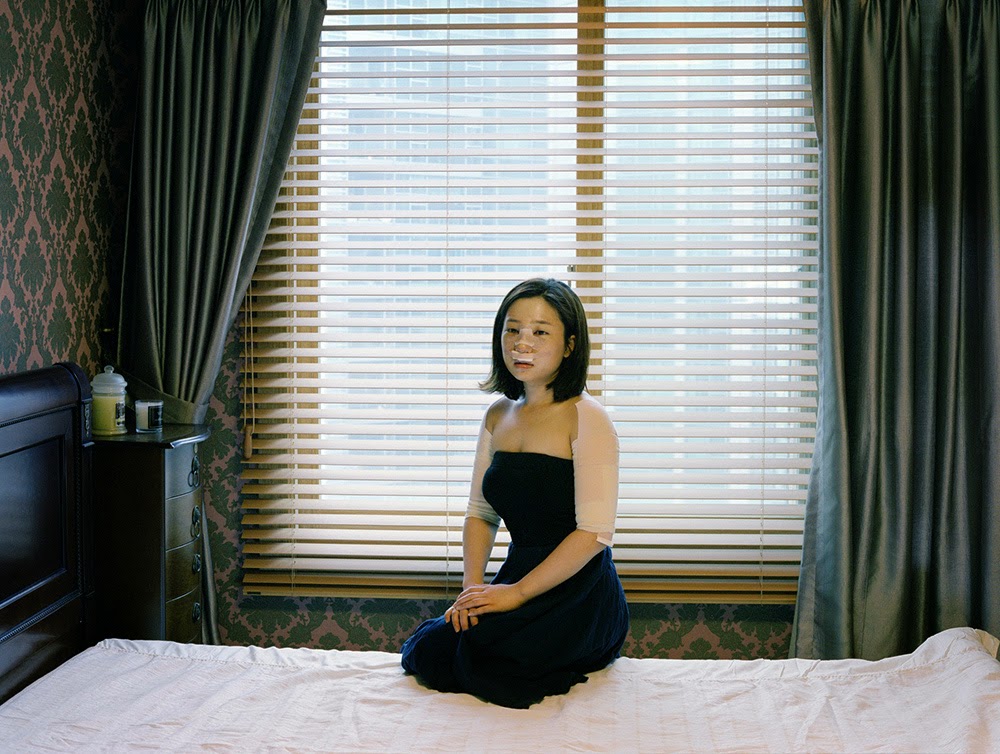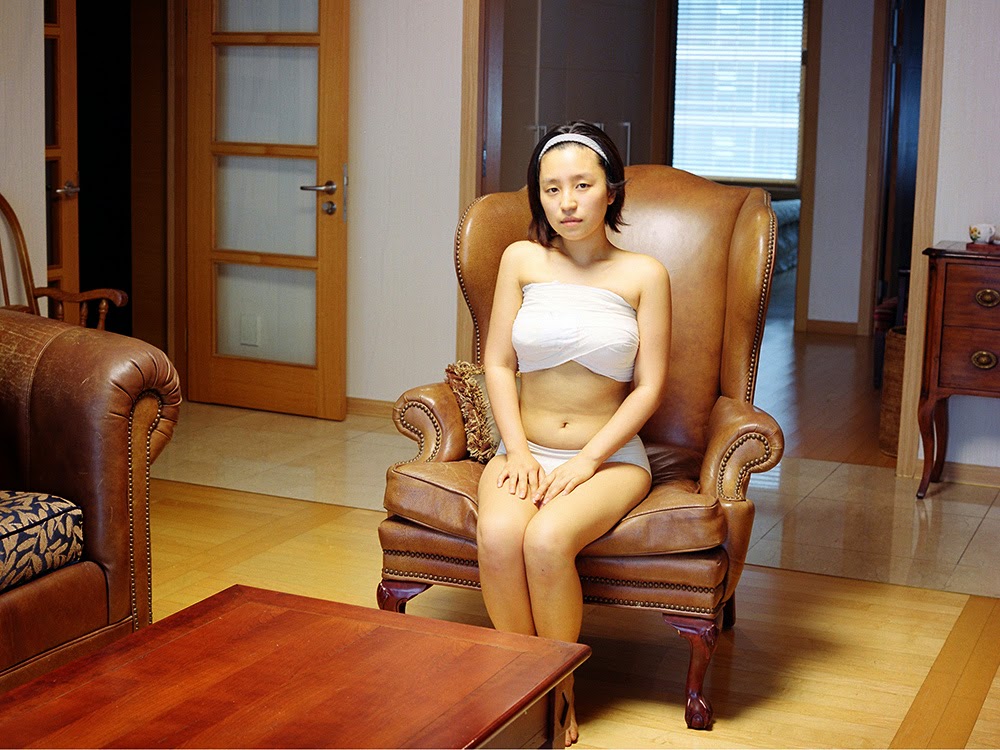A few months ago, I came across this series of photographs taken by Korean photographer Ji Yeo. She depicts images of women taken immediately after cosmetic surgery. (WARNING: The images are graphic and contain nudity). The series makes public what is usually a very private period in a patient’s plastic surgery journey. Ji Yeo’s purpose was to make a statement about what she believes is South Korea’s unhealthy obsession with cosmetic surgery. The photos generated some media buzz, including an interesting discussion by David Rosenberg from Slate.
I hesitated to write about this on the blog, because it highlights a part of what we do that can be scary for patients to see. Ultimately, I decided that the photos show a very real part of surgery, and shouldn’t be discounted just because they are unpleasant. There is a recovery period after any surgery that is uncomfortable and unattractive. Glossing over that fact doesn’t make it untrue. I think that American media has gone too far in trivializing plastic surgery. Shows like the now-defunct “Swan” and “Dr. 90210” make plastic surgery seem like just another beauty treatment. Patients watch these quick and easy TV transformations and sometimes develop unrealistic expectations about recovery and results. “Beauty Recovery Room” does the opposite by broadcasting some of the least glamorous moments of plastic surgery.
That said, I think the photographer took dramatic license in showing all the women looking sullen, eyes downcast, appearing melancholy or even regretful. This is particularly interesting given Ji’s comment in David Rosenberg’s Slate article:
This sentiment doesn’t come across in the photos, which tilt towards the somber. Of course, art is not journalism- it wasn’t her purpose to give a balanced perspective of an issue. Her purpose was to make a social commentary in a visually interesting way. In that, she succeeded. However, I think her quote from the article gives a more complete description of the reality of cosmetic surgery. There are moments in a patient’s recovery that feel the way these photos look. But recovery is temporary. The moments get further apart, the pain fades away, and patients’ lives return to normal, hopefully a little better than when they started the journey.
I enjoyed this series for its unusual subject matter. The discussion of society’s obsession with beauty and the resultant billion dollar industry is another topic for another day. Until then, I hope you find the photos as thought-provoking as I did.




